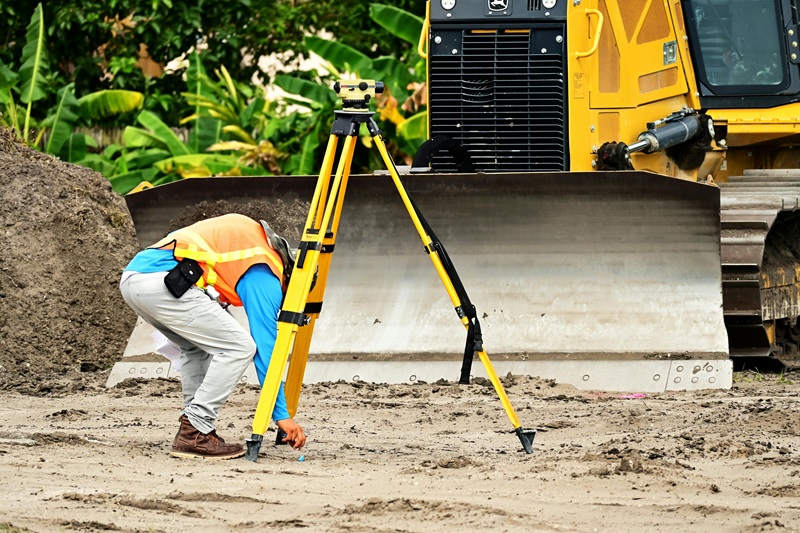by Harry Asnien
Share
by Harry Asnien
Share

Introduction
Unraveling the details on a land survey can feel like translating another language. Yet, these documents are your roadmap to understanding exactly what you own—where boundaries lie, how much acreage you have, and what paths lead in or out. This article will guide you through the fundamentals of reading a survey, giving you the confidence to interpret essential details and, if needed, consult experts such as Driftless Land Co. for clarity.
Survey Basics: Decoding the Lines and Symbols
A land survey typically includes boundary lines, key landmarks, elevation points, and any known easements. Interpreting these marks helps you see the property as a well-defined space rather than a vague concept.
Why It Matters: Preventing Disputes and Surprises
Not understanding your survey can lead to building on your neighbor’s land or misunderstanding the actual size of your parcel. Clear knowledge avoids costly disputes, ensures compliance with local regulations, and streamlines any future plans to sell or develop.
Your Step-by-Step Guide to Interpreting a Survey
- Start with the Legend: Learn the meaning of symbols and abbreviations.
- Identify Boundary Markers: Look for pins, monuments, or lines indicating property edges.
- Measure Acreage: Confirm the stated size matches your records and expectations.
- Check for Easements or Encroachments: Note any paths, utility lines, or overlapping uses.
Common Mistakes: Skipping the Details
Some owners glance at a survey without grasping its full meaning. Others assume every map is current—while in reality, land features change over time. Regularly updating your survey and verifying details ensures you’re always working with accurate information.
Conclusion
Learning to read a land survey isn’t as daunting as it might seem. With patience, attention to detail, and the option to seek expert guidance, you can confidently navigate your property’s layout. Armed with this understanding, you’ll make better decisions and maintain greater control over your land’s present and future use.
STAY IN THE LOOP
Subscribe to our free newsletter.
Leave A Comment
Understand zoning rules so you can make informed decisions before selling your property.
Discover how to resolve title issues, ensuring clear and confident ownership of your property.





